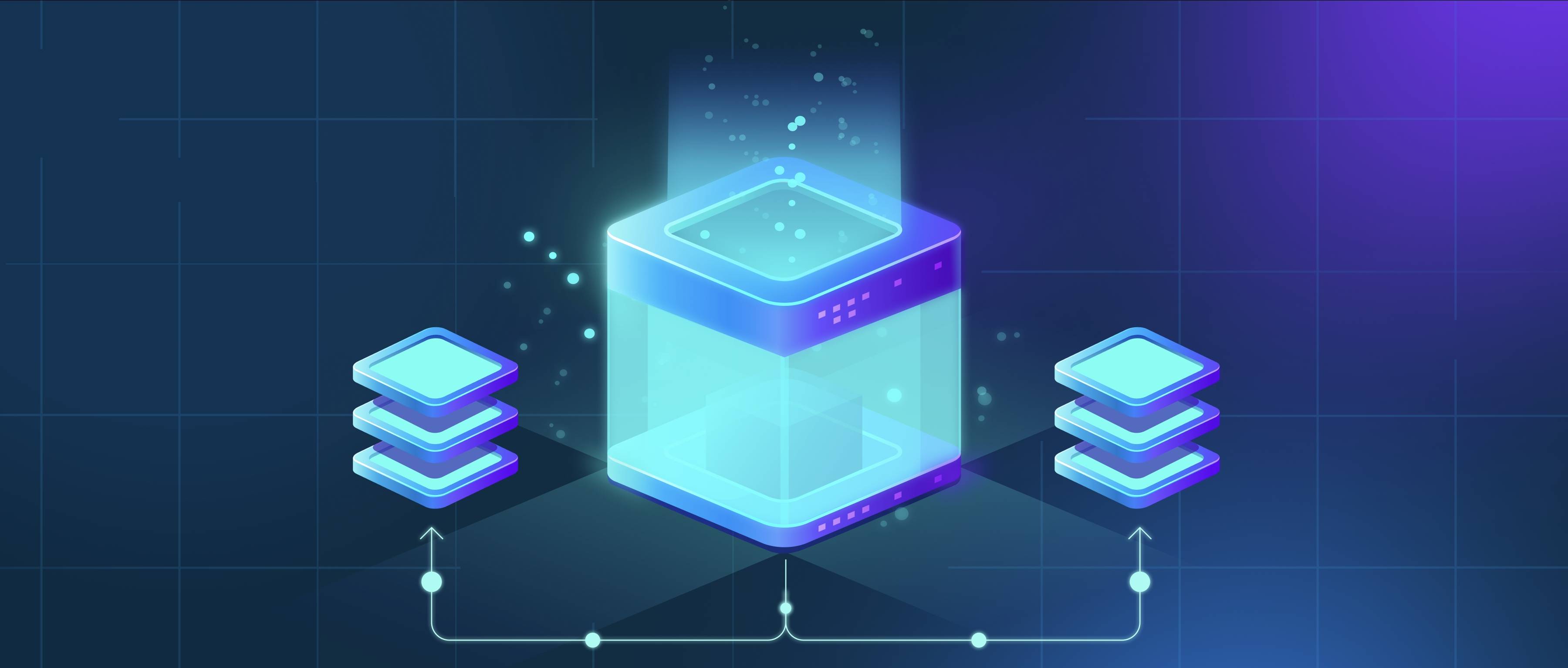LLMs are powerful for NLP tasks because of their ability to understand and generate human-like text across various domains. They are pre-trained on vast datasets that encompass diverse linguistic patterns, enabling them to adapt to tasks like translation, summarization, and question answering. For example, GPT models can generate contextually appropriate text for tasks ranging from casual conversations to technical explanations.
The transformer architecture, which underpins most LLMs, allows these models to handle complex language structures. Attention mechanisms enable LLMs to capture relationships between words and phrases across long text spans, making them effective for tasks requiring context awareness. This capability is especially useful for applications like chatbots and customer support systems.
Additionally, LLMs can generalize well across tasks, reducing the need for task-specific training. Developers can leverage pre-trained models and fine-tune them for specific use cases, saving time and computational resources. This flexibility, combined with their performance, makes LLMs indispensable for NLP applications.
